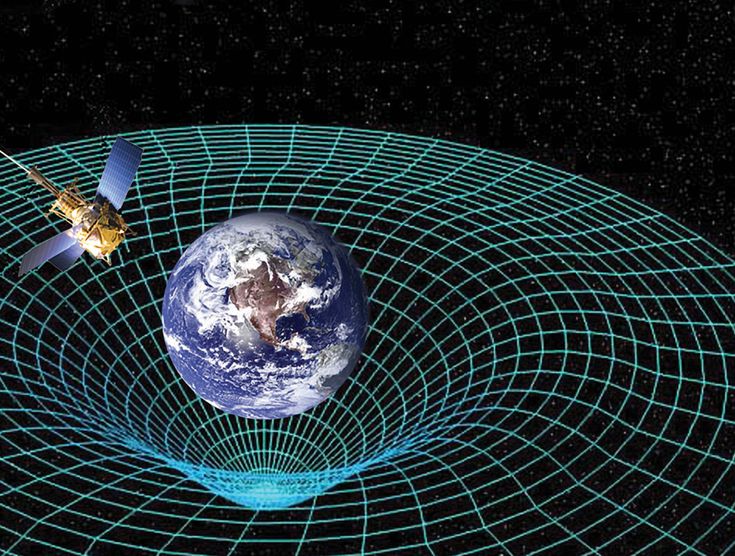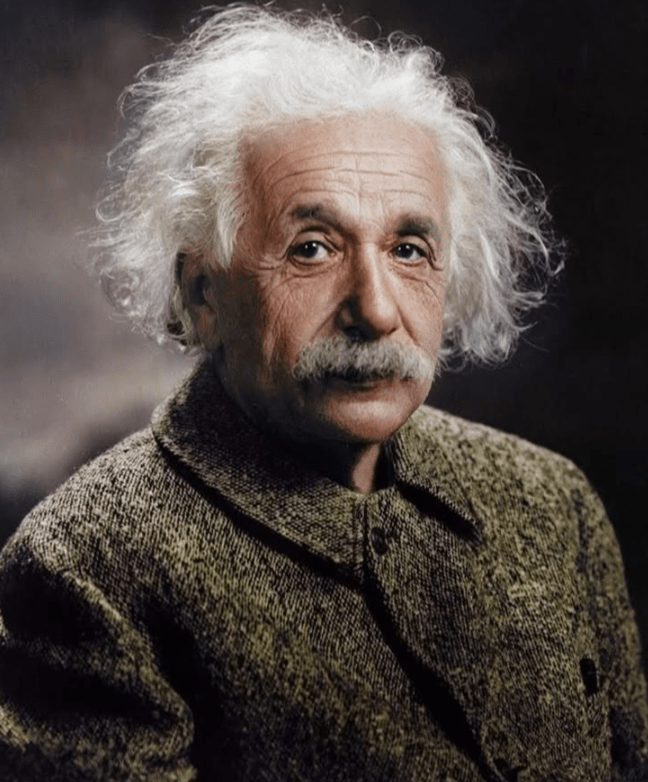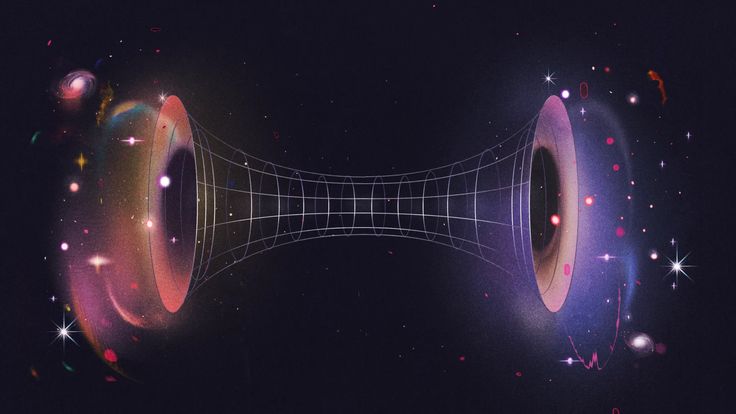Spacetime combines the three dimensions of space with the fourth dimension of time into a single fabric that describes our physical universe. Quantum mechanics, on the other hand, governs the behavior of matter and energy at the atomic and subatomic levels.
According to the present physical theories, space-time explains the weird relativistic effects of traveling near the speed of light because of the motion of massive objects within the Universe.
In recent years, many scientists have been trying to work out what could be the threads from which the material of reality is woven. We’ve ideas, each with its selling points and shortcomings.
This guide will help you understand all the physics and uncover the facts you might not know.
What Is SpaceTime and Quantum Mechanics?
SpaceTime and Quantum Mechanics are two of the most important concepts in physics. SpaceTime is a four-dimensional continuum comprising three spatial and one temporal dimension that describes the Universe.
Quantum Mechanics is the branch of physics that deals with the behavior of matter on an atomic and subatomic scale. It deals with wave–particle duality, the uncertainty principle, entanglement, and quantum tunneling.

SpaceTime and Quantum Mechanics are essential for understanding how the Universe works at its most fundamental level. They both play a vital role in modern physics research, and their effects can be seen in many areas, including cosmology, particle physics, condensed matter physics, and quantum computing.
Who Discovered SpaceTime?
Several scientists worked together to discover spacetime. Henri Poincaré was the first person to combine space and time into one idea. However, Albert Einstein made the most significant breakthrough in 1905 with his special theory of relativity.

Before Einstein, scientists treated space and time as separate things. Isaac Newton’s laws explained how objects move, while James Clerk Maxwell’s theories explained light. Einstein realized these needed to work together. His 1905 theory showed that the speed of light stays the same for everyone.
The final step came from German mathematician Hermann Minkowski in 1908. He created the mathematical framework that joined space and time into one four-dimensional concept. Minkowski said: ‘Space by itself and time by itself are doomed to dissolve into mere shadows, and only a sort of union of the two will preserve an independent reality.’
Einstein first thought Minkowski’s work was unnecessary, but later realized it was essential for developing general relativity.
How Does Space Time Work?
When people mention space-time, we always describe it as resembling a rubber sheet. This concept originates from Einstein, who discovered, while developing his general theory of relativity, that the force of gravity is a result of the curvature within the fabric of space-time.
Massive objects, such as the Earth or the Sun, create distortions in space-time that cause them to bend. These curves, in turn, constrain the ways in which everything within the Universe moves because objects need to follow paths along this warped curvature. Motion is because gravity is moving along the twists and turns of space-time.

A NASA mission called Gravity Probe B (GP-B) measured the form of the space-time vortex in and around the Earth in 2011, and they found that it is quite similar to Einstein’s predictions.
However, honestly, this remains difficult for many people to grasp. We can discuss space-time like a rubber sheet, so the analogy eventually breaks down here. A rubber sheet is about two-dimensional, while space-time is about four-dimensional. It isn’t just warped in space that the sheet represents, but also warps in time. The complex equations used to account for all of this are tricky for even physicists to figure out.
To drive home the purpose, the general theory of relativity is so complicated that when someone discovers an answer to the equations, they will get an answer named after them. They also become semi-legendary in their own way.
The Foundation Of Quantum Mechanics
Quantum mechanics emerged in the early 20th century to explain the behavior of atoms and subatomic particles. Unlike classical physics, quantum mechanics reveals a world where particles exist in multiple states simultaneously until measured.
It was observed that the exact positions and momenta cannot be determined at the same time, and that particles can be mysteriously connected across vast distances.
The key principles of quantum mechanics include:
- Wave-Particle Duality: Light and matter exhibit both wave and particle characteristics depending on how we observe them.
- Uncertainty Principle: Heisenberg’s principle states that we cannot precisely know both the position and momentum of a particle simultaneously.
- Quantum Entanglement: When particles interact, they remain connected regardless of the distance separating them.
- Superposition: Particles can exist in multiple states at once until an observation forces them to “choose” a specific state.
Besides this, you might love to read about the flat Earth theory if you are interested in alternative perspectives on Earth’s geology and how different theories address fundamental questions about our world.
The Space-Time and Quantum Connection
According to Physics Stack Exchange, quantum mechanics typically assumes that space and time are continuous rather than discrete. Standard quantum theory treats time as a continuous parameter and spatial positions as having continuous values.

However, this doesn’t mean spacetime must actually be continuous at the most fundamental level. Current research explores whether spacetime might be discrete at extremely small scales.
Loop quantum gravity suggests that space and time consist of tiny discrete chunks or “atoms of spacetime.” String theory, on the other hand, generally treats spacetime as continuous but proposes that it might emerge from more fundamental components.
Some theories require discrete spacetime, while others work with continuous spacetime. The answer is likely to come from future experiments and observations by scientists.
Current Understanding and Debates
Physics Forum highlights ongoing debates about the nature of spacetime. Some physicists argue that discrete spacetime theories lead to inconsistencies, while others believe these problems can be solved with better mathematical frameworks.
The lack of experimental evidence makes it difficult to determine which approach is correct. Quantum mechanics works extremely well with continuous spacetime at normal energy scales.
All verified quantum mechanical theories assume that space and time are continuous. However, this doesn’t rule out the possibility that spacetime becomes discrete at much smaller scales where quantum gravity effects dominate.
Space Time And Quantum Mechanics: The Main Challenges
Space, time, and quantum mechanics face fundamental challenges that continue to puzzle scientists worldwide today. These complex problems involve combining different theories, understanding reality’s nature, and testing ideas experimentally together.
- Unification Problem: Combining quantum mechanics with general relativity creates mathematical contradictions and unsolvable equations in modern physics.
- Measurement Problem: Quantum particles exist in multiple states until measured, but scientists cannot explain how measurement works.
- Spacetime Nature: Scientists debate whether spacetime is continuous like a smooth fabric or discrete like tiny building blocks.
- Experimental Limits: Testing quantum gravity requires extreme energy levels that current technology cannot reach or create safely.
- Mathematical Complexity: The equations describing quantum spacetime are complicated to solve and often produce infinite results.
Space Time And Quantum Mechanics: Future Directions
Scientists hope to find clues about quantum gravity by studying the early universe. The Big Bang created conditions where quantum gravity effects were important, and some traces of these effects might remain in cosmic background radiation or other astronomical observations.
Laboratory experiments might also help test these theories indirectly. Researchers are building highly entangled systems of atoms to see if gravity-like effects appear in their behavior.
While these experiments won’t directly test quantum gravity, they might reveal important principles about how spacetime emerges from quantum phenomena.
Conclusion: Learn The Physics Behind Space Time And Quantum
Space, time, and quantum mechanics form the foundation of modern physics, yet their relationship remains mysterious. Einstein showed us that space and time connect into spacetime, while quantum mechanics reveals the strange behavior of matter at small scales.
Research suggests that spacetime itself might emerge from quantum phenomena like entanglement. Different theories propose various answers to these questions. The quest to understand spacetime and quantum mechanics represents one of science’s greatest challenges.
Despite it being so complicated, relativity remains the simplest way to account for the physical phenomena that we all know about. Additionally, researchers continue to explore these mysteries, gradually building understanding of the universe’s deepest levels.
